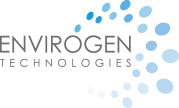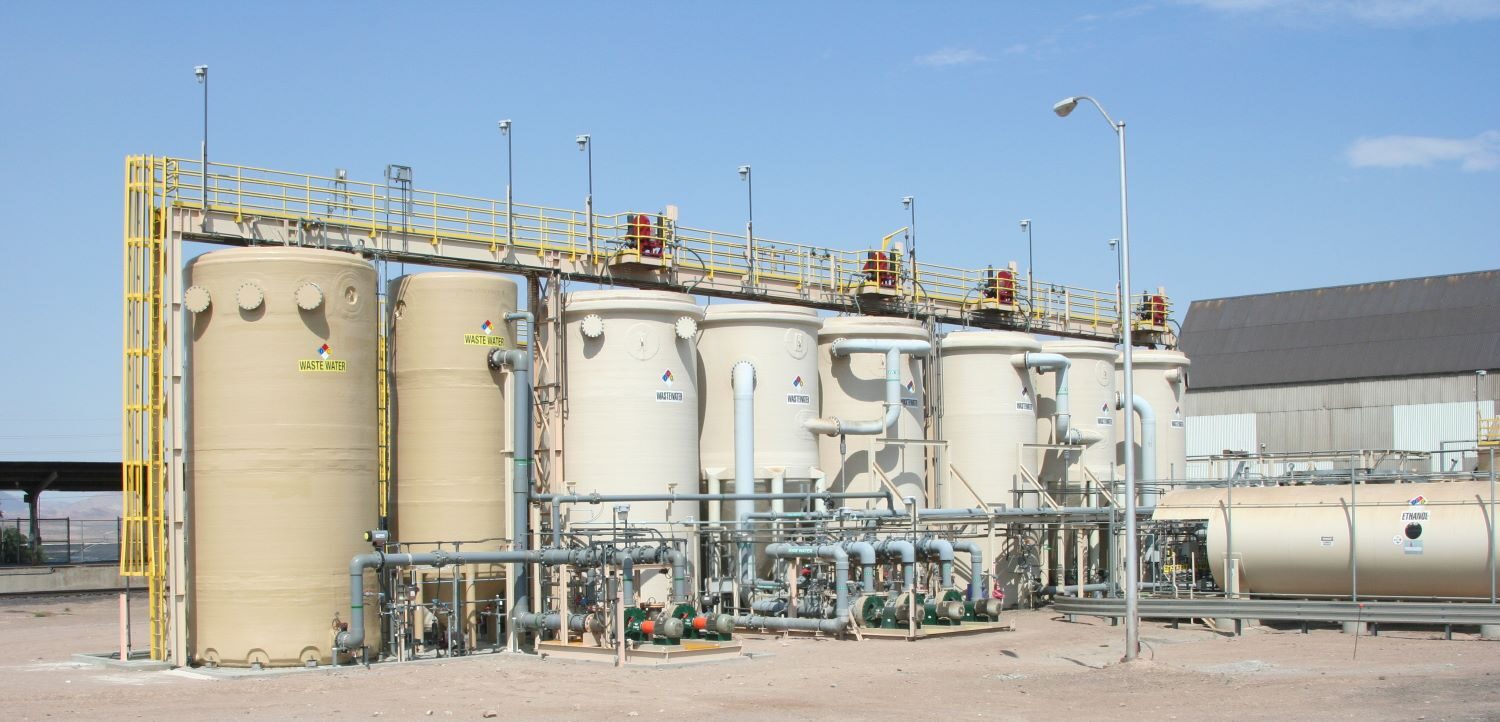The US Army Corp of Engineers (USACE) (Omaha District) and The United States Air Force Civil Engineering Center (AFCEC), in conjunction with Jacobs Engineering Group (Jacobs) and Bhate Environmental Associates, Inc., have contracted Envirogen Technologies to design, build, and install an active water treatment system to treat 1,4 Dioxane at an Air Force Base in Tennessee. The award of a contract for this remediation system is for a full-scale demonstration unit, following successful bench-scale testing of the site water.
The specific site was contaminated with chlorinated volatile organic compounds (CVOCs) from metalworking operations that contained 1,4-Dioxane. Envirogen, in collaboration with Jacobs, has designed an aerobic cometabolic biological treatment (CBT) system based on Envirogen’s proven and proprietary fluidized bed reactor technology (FBR). The CBT system utilizes propane to feed and grow a specially selected microbial biomass on the FBR media. These microbes consume the propane and subsequently produce enzymes that cometabolically degrade the target compound of 1,4 Dioxane.
In collaboration with the Biotechnology Development and Applications Group at APTIM, the results of microcosm and bench-scale testing indicate the ability of the system to reduce 1,4-Dioxane concentrations to low ug/L (ppb) levels at hydraulic residence times less than 45 minutes.
A full-scale system has been funded as a demonstration unit and is expected to be operational in 2021. If successful, this system will become a permanent addition to the existing groundwater treatment plant, demonstrating the FBR as a cost-effective treatment technology for low-concentrations of 1,4-Dioxane in groundwater.
1,4-Dioxane is a persistent contaminant in groundwater, commonly encountered at contaminated sites with a history of solvent use, often impacting nearby supply wells. The USEPA classifies 1,4-Dioxane as a suspected carcinogen. While Advanced Oxidation Processes (AOPs) such as UV light-hydrogen peroxide, or ozone-hydrogen peroxide have been used to destroy the harmful contaminant, these technologies tend to be energy cost-intensive and/or have inherent safety risks. Other technologies, such as resin adsorption and liquid phase granular activated carbon come with the higher costs for replacing or regenerating the treatment media and can be subject to breakthrough/noncompliance if not monitored regularly. Biological treatment has great promise as a less expensive, more reliable, and sustainable treatment technology for 1,4-Dioxane.
Envirogen FBR Systems: How does a fluidized bed reactor work?
Envirogen is an industry leader in the use of bioreactor technology, with over 40 FBR systems installed worldwide and several projects under development. The Envirogen fluidized bed reactor design is a proprietary biological water treatment system deployed to remove organics or oxyanions (i.e., nitrate, selenium, perchlorate) from water. See how it works here:
How does a fluidized bed reactor work? An overview of Envirogen’s patented FBR treatment process/fluidized bed reactor design. (US Patents: 6706521, 5750028, 5788842, 7754159, 7611890, 7572626, 8323496, 6830922).

